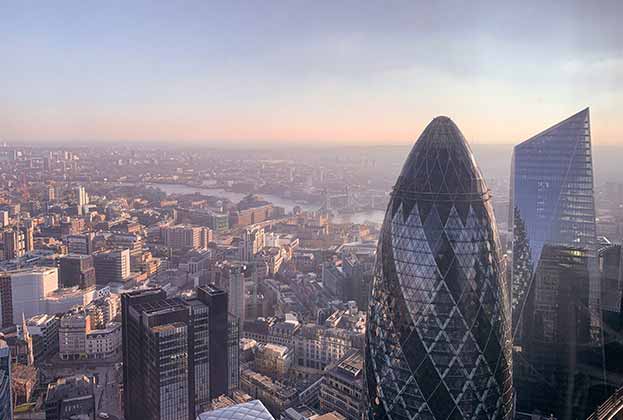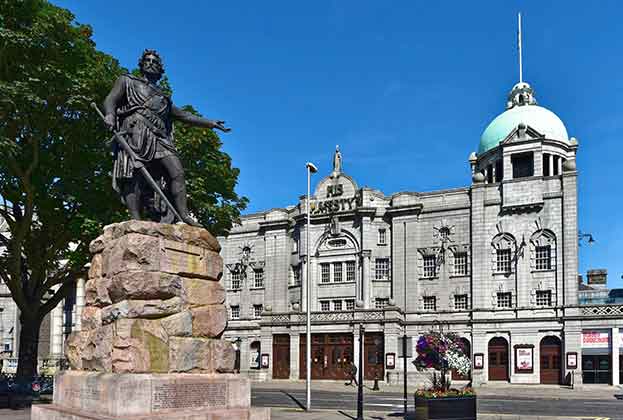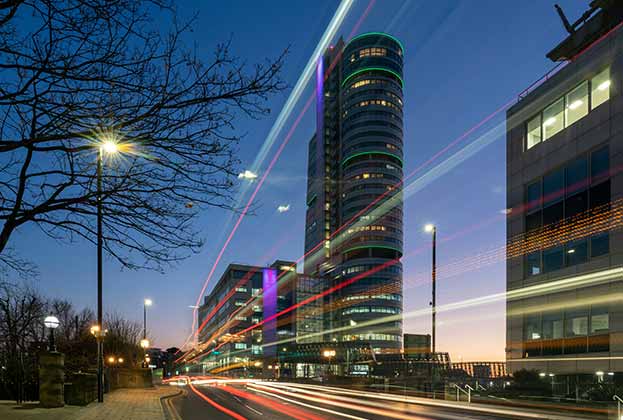As the unexpected turn of events of 2020 has us all re-assessing daily life as we know it, attention now turns to the future of workspaces and how they will operate.
Clearly there are new challenges on the horizon as the industry grapples with social distancing, and technology will play a part in providing solutions. Many landlords of landmark buildings are pushing the boundaries of customer service and it’s vital that property management strategies focus on helping to achieve this vision while also provoking debate to stimulate innovation. This will be especially important as we begin to return to the office after lockdown, and as we look to implement new ways of working and interacting.
In the current environment, adaptability, health and wellbeing are at the top of everyone’s agenda. To deliver this effectively, engaging clearly and consistently with occupiers is paramount. Property managers are already hosting regular occupier meetings and video conferencing calls, but the adoption of technology has enabled a greater and more granular access to information about buildings through mobile apps and smart building measures including digital twin modelling, speed-gate integrations and air-quality sensors.
Technologies like these post-Covid-19 will be of utmost importance to ensure seamless and contactless building access, reducing touchpoints and assisting with frictionless movement around the building, as well as providing a one-stop-shop centralised communication tool.
In order to successfully assess and address the performance of a building, collaboration is more important than ever with occupiers to tailor and enhance services. It’s also essential to offer transparency in management services and to quantify how well service is delivered.
In our office buildings, through RISE, we have a certification strategy designed to do exactly that. This independent audit allows service levels and performance across prime offices to be raised through benchmarking and the creation of a bespoke framework to deliver services that address gaps in services.
The effectiveness of this bespoke framework and benchmarking can be shown through our work at Cannon Place where the initial independent assessment score of 41 per cent jumped to 92 per cent in just one year.
As we now move into lifting the lockdown with a potential phased return to work, we expect more focus on the role the building plays in wellness, scrutiny of cleanliness and how facilities are managed, as well as opportunities to improve interactions through technology. Tools such as Customer Journey Mapping will be paramount as we have a period of the ‘new normal’ and those journeys change.
Ultimately it is collaboration, transparency and a structure to implement multiple plans and processes that helps to ensure that building occupiers and building users’ needs and expectations are met. To be able to quantify that to the owner and their customer is a powerful tool to drive constant evolution and improvement of service.
As we are all acutely aware, the challenge now lies in adapting this customer-centric model to one which operates in an environment that sees restrictions imposed on gatherings of people, and individual mobility impacted by Government regulations as a result of the pandemic.
Covid-19 may have driven people indoors, but there has never been a stronger need for community and interaction.
Further information
Contact Savills Property Management
.jpg)
-impact-the-office-sector(1).jpg)

.jpg)






